Articles
Top 5 Spring Pests That Will Infest Your Home
Spring is a beautiful time of year in the Rockies, with flowers blooming and trees starting to bud. Unfortunately, it’s also a time when many bugs start to emerge from hibernation, looking for food and shelter. Here are some of the top bug infestations to be aware of during spring in Utah and Colorado. Boxelder Bugs Boxelder bugs are a common sight in Utah and Colorado during spring. They’re black with distinctive red markings and can often be found on the sides of homes, particularly those with boxelder trees nearby. While they’re not harmful to humans, they can be a nuisance and can release a pungent odor if they’re disturbed. Carpenter Ants Carpenter ants are a common problem too, particularly during the spring. They’re large and black, and can cause damage to wood structures if left unchecked. Carpenter ants can also be difficult to get rid of, so it’s important
Wasp Control Experts
When it comes to protecting your home from wasp infestations, it’s crucial to rely on the expertise of a professional pest control company. Elevate Pest Control is your trusted partner in delivering comprehensive wasp control services. With our commitment to quality, reliability, and customer satisfaction, we ensure that your home remains wasp-free and safe. In this article, we will highlight the key reasons why choosing Elevate Pest Control for wasp control is a wise decision. Expertise in Wasp Control: At Elevate Pest Control, we specialize in dealing with wasp infestations. Our team of highly trained technicians possesses extensive knowledge and experience in identifying wasp species, understanding their behavior, and implementing effective control measures. Whether you’re dealing with aggressive yellow jackets, paper wasps, or hornets, we have the expertise to handle any wasp species that have invaded your home. Tailored Solutions for Your Home: We understand that every home is unique,
5 Telltale Signs That Mice Have Made Your Home Theirs
Discovering that unwanted guests have invaded your home is never a pleasant experience. One common intruder that can cause quite a nuisance is the humble house mouse. Mice are notorious for their ability to find their way into human habitats, seeking food, shelter, and warmth. Recognizing the signs of a mouse infestation early on is crucial for prompt action and preventing potential damage. In this article, we’ll discuss five telltale signs that mice have made your home their own. Droppings: Mice leave behind a trail of droppings as they move throughout your home. These small, dark, and cylindrical pellets can be found near their feeding areas, nesting sites, or along common pathways they traverse. Common places to check for mouse droppings include behind appliances, in cabinets or drawers, along baseboards, or in secluded corners. If you come across mouse droppings, it’s a clear indication that mice have taken up residence
Tackling Urban Pests: Effective Strategies for Urban Pest Management
Tackling Urban Pests: Effective Strategies for Urban Pest Management Urban areas are teeming with life, including not only humans but also a wide array of pests that thrive in our urban environments. From rats and cockroaches to bed bugs and mosquitoes, these pests pose health risks and can cause significant damage to property. To maintain a clean and healthy living environment, effective urban pest management strategies are essential. In this blog post, we will explore some key approaches and techniques for managing pests in urban settings. Prevention is Key: One of the fundamental principles of urban pest management is prevention. By implementing proactive measures, we can minimize the chances of pest infestations. Here are a few preventive strategies to consider: a) Regular sanitation practices: Proper waste management, including timely garbage collection and disposal, reduces food sources that attract pests. b) Seal entry points: Identifying and sealing gaps, cracks, and openings
Box Elder Bugs: Understanding and Managing Nature’s Intruders
In the realm of insects, few creatures capture attention quite like box elder bugs. With their striking black bodies adorned with vibrant red markings, these insects stand out against the backdrop of nature. However, when box elder bugs invade homes and gardens in large numbers, they quickly become unwelcome guests. In this blog post, we will delve into the fascinating world of box elder bugs, exploring their appearance, behavior, and the best ways to manage their presence. Box Elder Bug Basics Box elder bugs, scientifically known as Boisea trivittata and belonging to the family Rhopalidae, are native to North America, particularly the western regions. These small insects measure about half an inch in length and display a unique coloration pattern. Their bodies are predominantly black, with vibrant red markings along the edges of the wings and the thorax. Life Cycle and Behavior Box elder bugs undergo a simple metamorphosis, consisting
3 signs you might have termites in your home
Termites are relentless pests that can cause extensive damage to your home if left untreated. Detecting a termite infestation early is crucial to prevent costly repairs. However, termites can be stealthy, making it challenging to identify their presence. In this article, we will explore three subtle signs that might indicate a termite infestation in your home, helping you take prompt action and protect your property. Hollow-Sounding Wood: One potential sign of a termite infestation is the presence of hollow-sounding wood. Termites burrow into wooden structures, devouring the cellulose within. As they feed on the wood from the inside out, they create hollow tunnels, leaving only a thin layer of wood intact. By tapping or knocking on suspected areas, you may notice a distinct hollow sound compared to solid, unaffected wood. Although this method may not be foolproof, it can serve as an initial indicator of termite activity. Discreet Mud Tubes:
